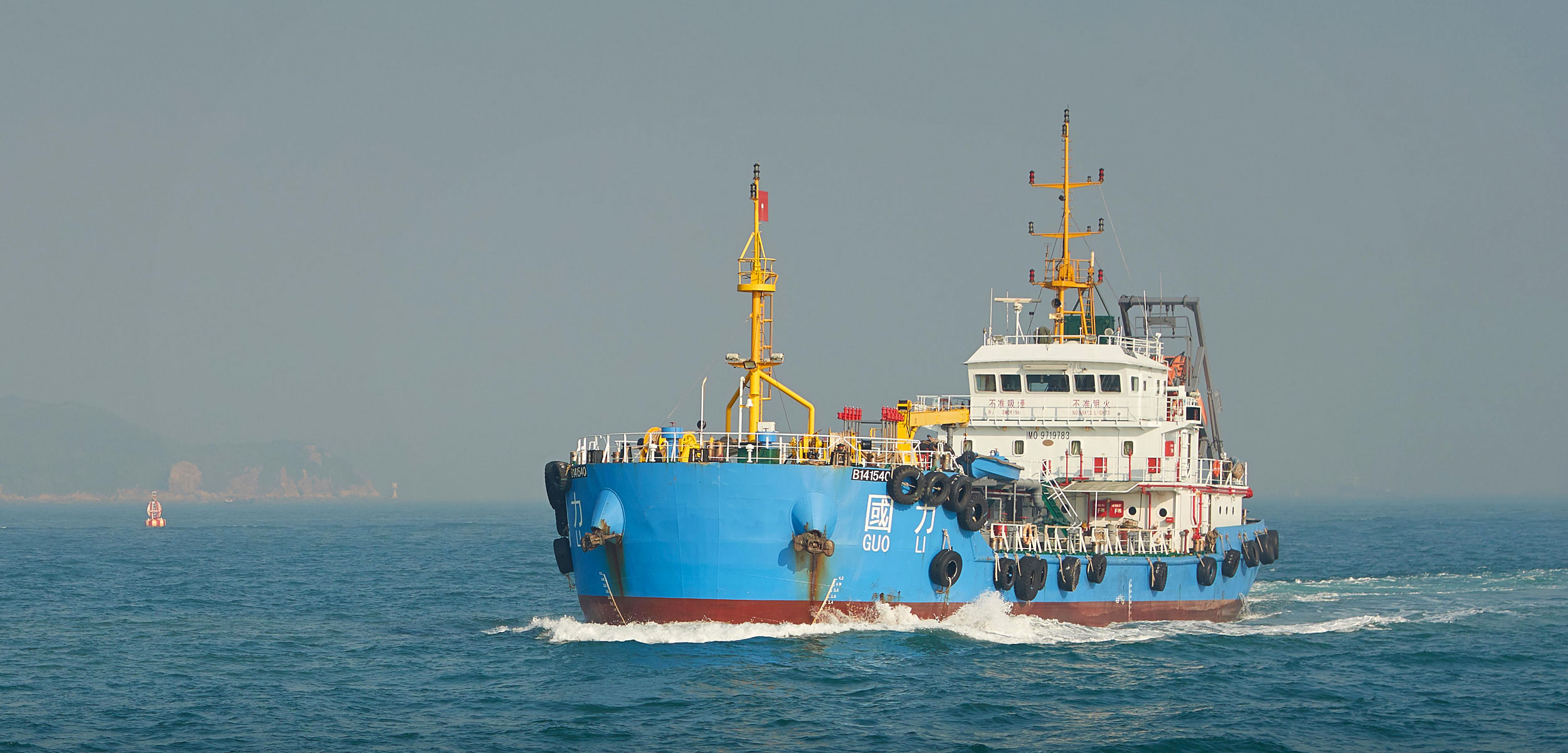Fuel Tankers Help Highlight Illegal Fishing Hotspots
Bunker vessels are one of the most connected ships at sea; tracking them could pinpoint clusters of illegal fishing.
Article body copy
Fuel tankers may help track down illegal fishing and unravel the criminal networks behind it, according to an Australian study.
Across the world’s oceans, up to US $23-billion is lost annually to illegal, unreported, and unregulated (IUU) fishing, a crime that includes everything from poaching to fishing with dynamite. But IUU fishing is incredibly difficult to monitor and many of the vessels involved in the illicit practice operate far from shore, where surveillance is scant.
Under international law, large vessels are required to broadcast their locations using an onboard automatic identification system (AIS). Originally developed to help captains avoid collisions, the tracking system is increasingly being used to monitor illegal activity. A recent study used AIS to track refrigerated cargo ships (or reefers), which collect catches from smaller vessels at sea, over time to try to detect IUU fishing. And fishing watchdogs check to see when large vessels turn off their AIS, as “going dark” might be a signal of suspicious activity.
Now Jessica Ford, a research statistician at Australia’s Commonwealth Scientific and Industrial Research Organisation and lead author of the Australian study, proposes a novel way to pinpoint areas where IUU fishing might be happening: by tracking the movements of refueling tankers called bunker vessels. These are lifelines for ships at sea—especially for those trying to avoid inspections by port authorities. Bunkers are more connected to other ships than reefers, Ford has found, and are also fewer in number, which makes them easier to follow.
“There hasn’t been much attention on bunker vessels, even though they are critical to the economic success of the fisheries,” Ford explains. The new approach, she says, should help identify “key areas for management to focus on.”
The idea to track bunker vessels arose when Ford was examining AIS signals in the Arafura Sea, an expanse of ocean between Indonesia, Papua New Guinea, and northern Australia. She noticed that some of the bunkers there were moving strangely: lingering off the south coast of Timor-Leste, then leaving and returning to the same area. Months later, reports surfaced of illegal fishing happening right where the ships had been loitering. Though the link was only circumstantial, Ford saw the bunkers as potential enablers of illegal activity.
Ford and her colleagues selected an area in the southern Indian Ocean and looked at all AIS signals from vessel traffic over six months. There were 181 vessels in the data set, including fishing boats, container ships, and bunker vessels. On a computer screen, the AIS tracks crisscrossed, backtracked, and overlapped each other like tangled wires, making it difficult to see interactions between ships.
Ford then applied a method called social network analysis to look for patterns within the jumble of AIS tracks. As the name suggests, this technique helps build a picture of how different individuals are connected to one another. The more connections someone has, the more central they are to the network. Social network analysis has been used for decades to identify crime kingpins, improve business efficiency, and even track the spread of disease.
Ford’s analysis showed that one bunker vessel scored highest across several different ways of measuring centrality, making it the most connected vessel within the network.
Tracking such a highly connected ship, the researchers say, would help identify clusters of fishing activity at different times. Not all of that fishing would be illegal: both legal and IUU operations need to refuel, after all. But highlighting centers of activity is a key starting point for those working to crack down on this elusive crime, Ford says.
Using social network analysis can also reveal which fishing ships are most often associated with certain tankers or reefers, which might help authorities pin down the criminal networks driving IUU fishing.
The study “opens up an exciting area of research,” says David Kroodsma, director of research at Global Fishing Watch, an international nonprofit that tracks global commercial fishing activity. Importantly, he says, “it shows we can use AIS to reveal social networks.”
While following bunkers alone isn’t enough to stop IUU fishing, knowing the whereabouts of these previously hidden networks is a tool that helps fisheries enforcement officials focus their efforts, says Ford.

